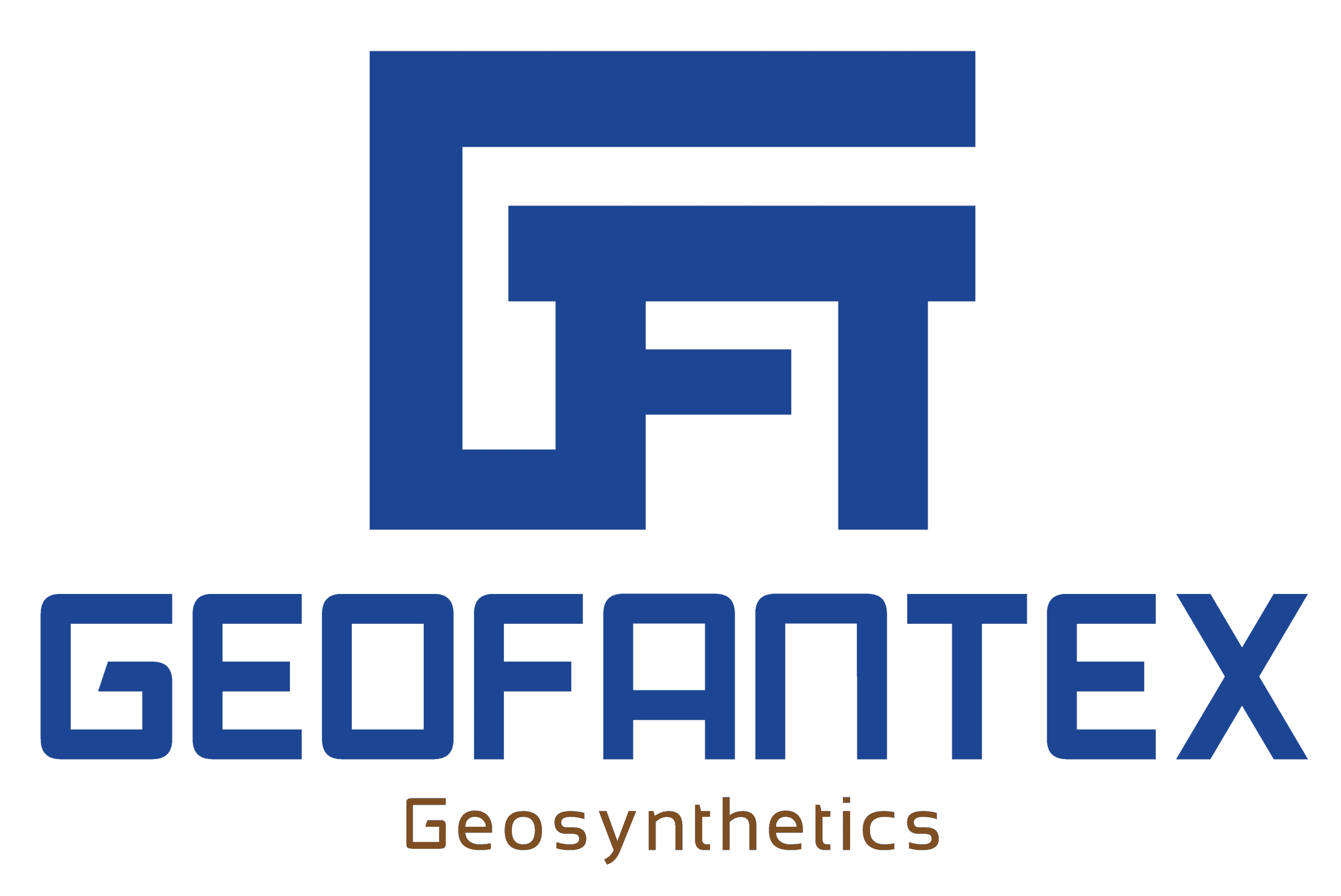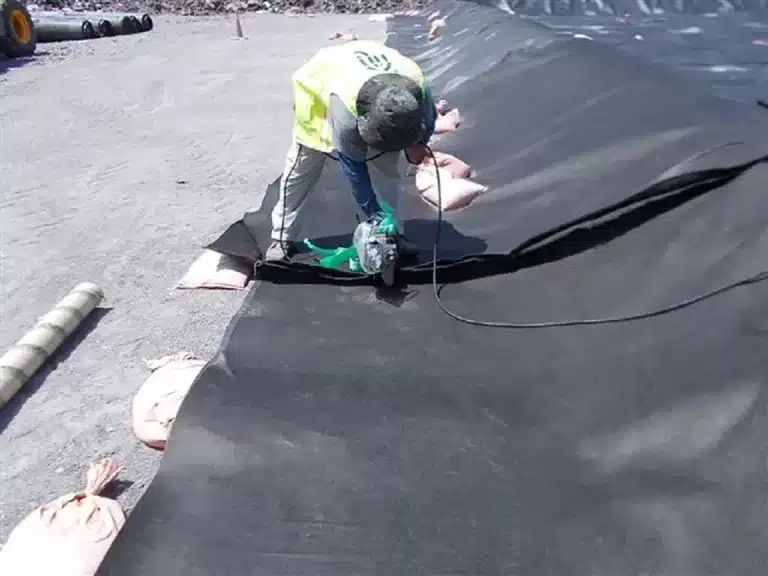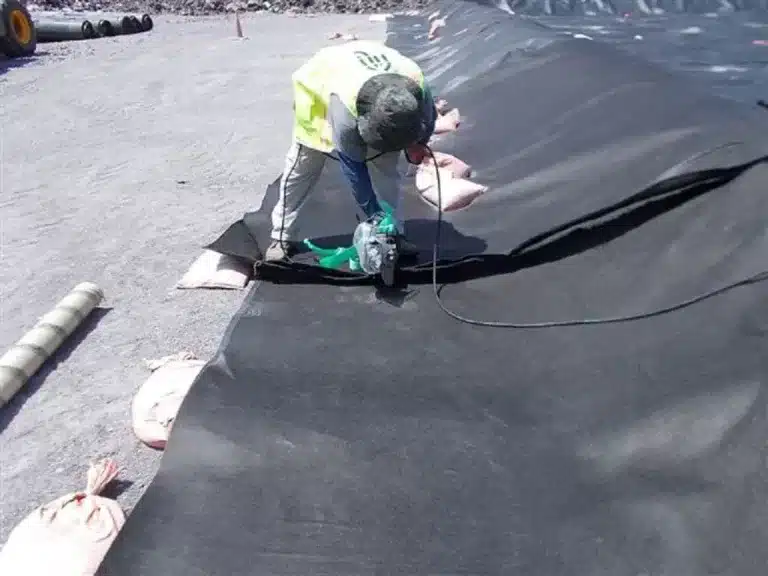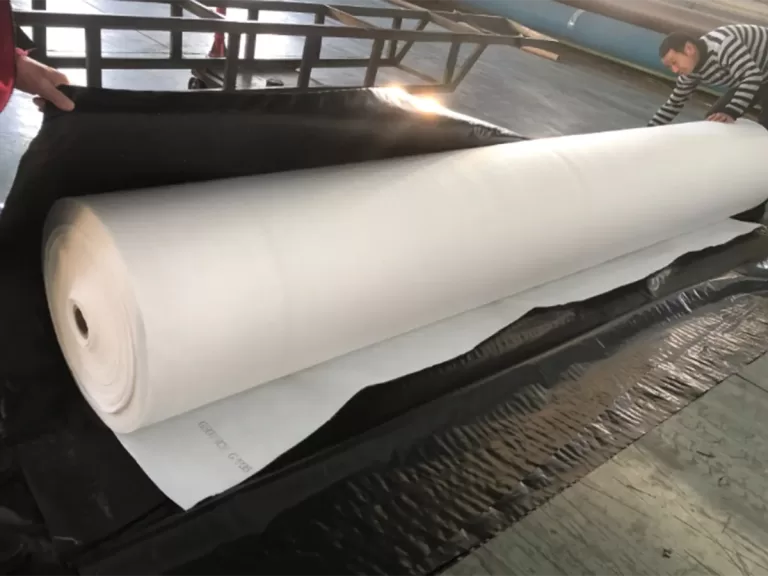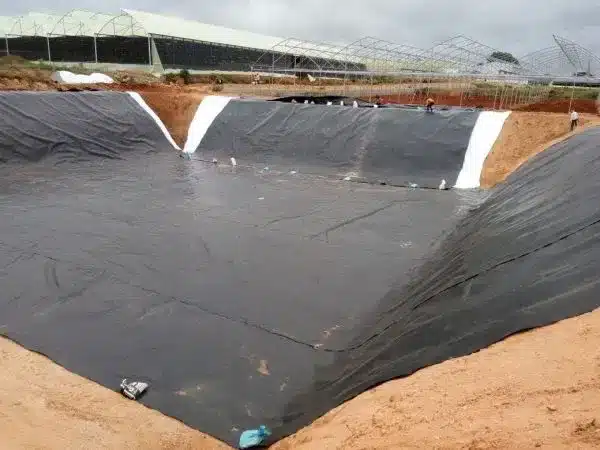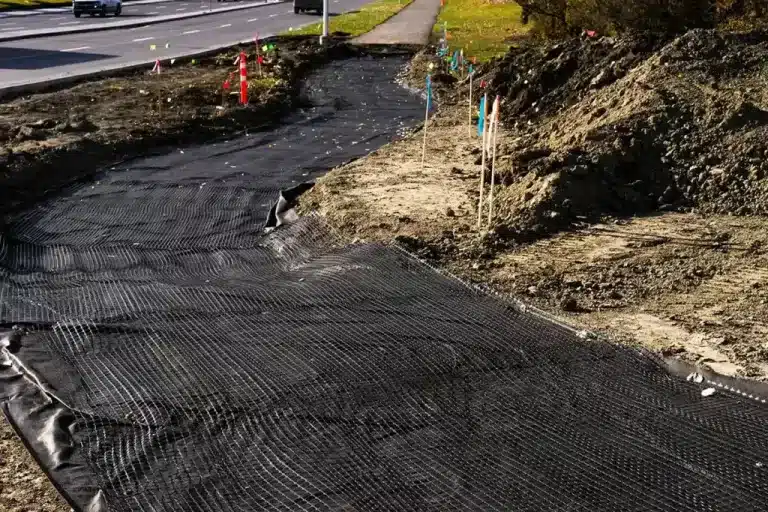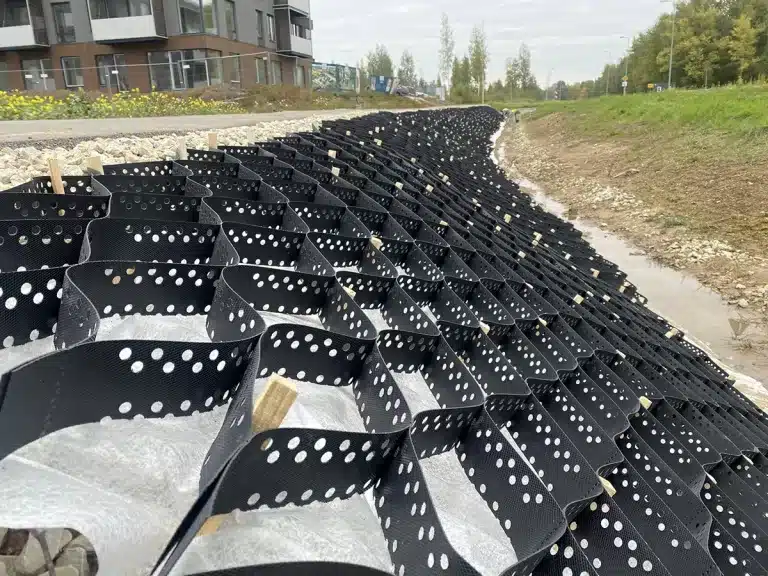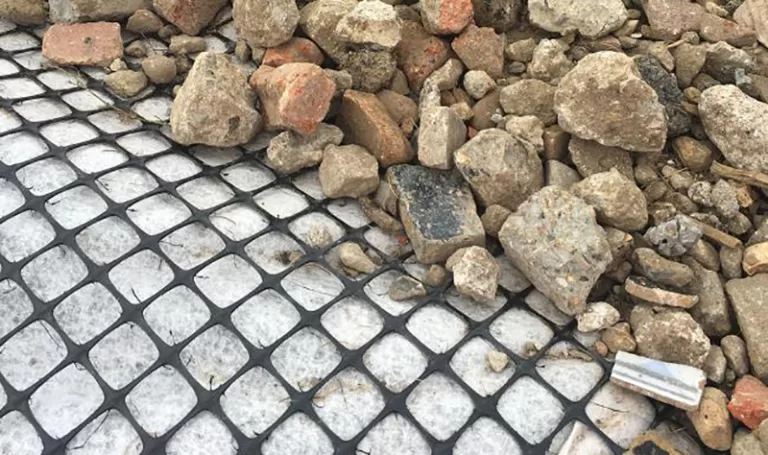Unveiling the Efficiency of Weed Geotextile: Preventing Unwanted Growth
Weed geotextile, a specialized fabric, serves as a barrier to curb unwanted weed growth in various landscaping and agricultural applications. This article explores the effectiveness of geotextile fabric in halting weed proliferation, its uses, necessary considerations, and its impact on gardening and cultivation.
